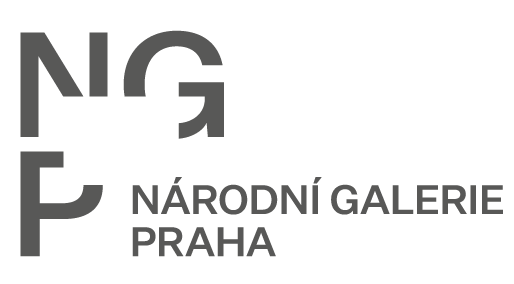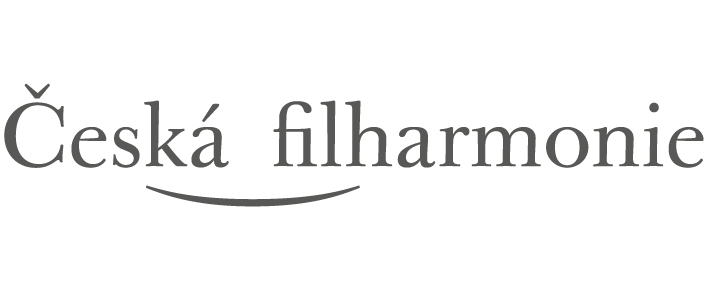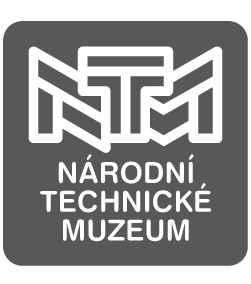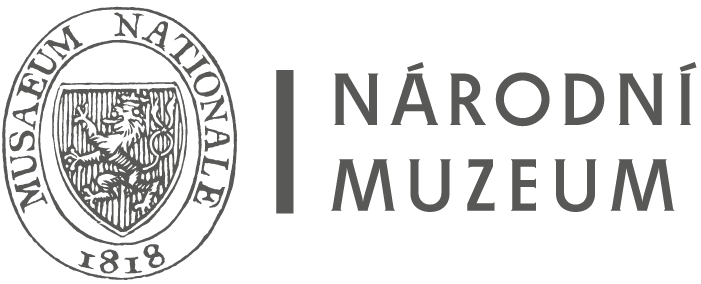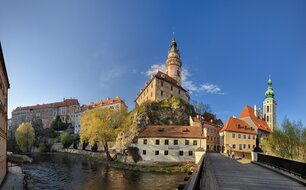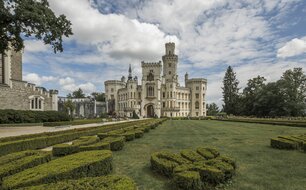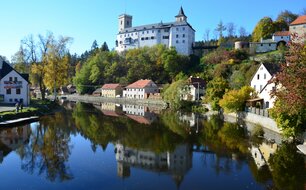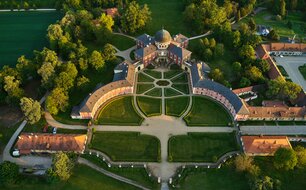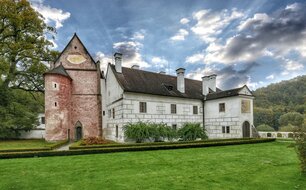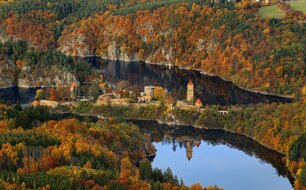Vltava Cultural Route
The cultural route is a real and ideological line around which natural, cultural and social events oscillate to create a unique and distinctive cultural heritage area. The cultural route is a bridge between the present and the past, a link along which people, goods and ideas have travelled and continue to travel. There are world-famous cultural routes such as the Way of St. James, the Limes Romanus or the Silk Road with their time-changing cultural meanings and contexts. The Czech Republic also has a number of important cultural routes at both local and national level and its location at the centre of Europe is in many ways a place of crossing, overlapping and intermingling of such routes. However, one of them has a privileged place among them, linking the past with the present and the natural and cultural heritage in a particularly profound and inspiring sense. This cultural route is the Vltava River.
The Vltava River forms the backbone of the water system of the Czech Republic, with dozens of tributaries flowing directly or indirectly into it, connecting the Vltava River both realistically and symbolically with all Czech and partly Moravian regions. It represents a landscape phenomenon including the related historical transformations, is the subject of old myths, the scene of historical events, and connects historical settlements - towns, villages, castles and chateaux with broad cultural and historical contexts.
It is a real waterway and an economic and energy resource, including related technical works and monuments. It is an iconic place for boaters, tramps (St. John's Streams) and water sports (Devil's Streams).


It is an inexhaustible inspiration to artists, a source of recreation and inspiration, admiration and national pride. The Vltava is the Czech cultural route par excellence.
At the same time, it is also a European cultural path. One of its main tributaries, the Cold Vltava (Kalte Moldau), is formed from smaller streams in Bavaria, and much of the upper Vltava flows through Czech territory, inhabited for centuries by a majority German-speaking population. And after the confluence of the Vltava and the Elbe at Mělník, the Vltava water flows to Hamburg and from there on to the open sea and other countries.
The Vltava water and with it the goods and ideas from Bohemia have thus filled the European space for centuries. That is why the National Heritage Institute will strive for the official inclusion of the Vltava Route among the Cultural Routes of the Council of Europe.
Vltava Route
The route connects important monuments and cultural or natural sites on the Vltava, some of which are under the direct administration of the National Heritage Institute (Rožmberk Castle, Český Krumlov Castle and Chateau, Zlatá Koruna Monastery, Hluboká Chateau, Zvíkov Castle, Veltrusy Chateau) with the aim of establishing the Vltava as a European Cultural Route, promoting interest in the Vltava cultural heritage and developing related tourism in the long term.

